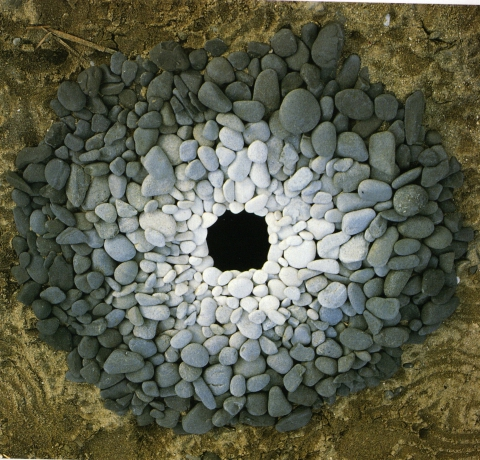Lectures from Colin Ives are generally interactive and have a unique way to show how various artists interact with their artwork with the environment. The lectures incorporate several environmental artworks that are not only informative but have a special way of communicating a message that would otherwise have been hard to communicate in the contemporary ways of communicating. This means that the lectures have the capacity to inform its audience on the possible measures that should be taken towards environmental conservation.
For this unique ability, the lectures by Colin Ives can be given a high rating. Besides the touch of the physical environment and its importance, the lectures by Ives show the importance of understanding various cultural points of view, such as why it is important to learn how to say “thank you” in local languages. This is an important aspect as it makes one be in a position of connecting with the local communities. This makes the lectures have an important aspect as far as the social aspects of a person’s life are concerned.
Another important aspect of Ives’s lecture is its ability to show how a modern human being is disconnected from his daily surrounding. From the clothing we wear to even more complex things that can happen from our altered interaction with the environment, Ives shows that people can improve their lives by altering their simple interaction with the environment. On a similar note, there is an artwork by Tea Makipaa that seeks to show its audience how it ignores the common things that surround it.
In addition to this, of more importance from this artwork is that people ignore their vulnerability due to the changing forces of nature. Tea Makipaa’s artwork shows us how people can be ignorant of their own safety. Using the example of the communities of the seashores, Makipaa clearly shores the dangers of environmental degradation by showing a house that is being swallowed by the heavy waves of the sea.
As a mitigating factor, Natalie Jeremijenko discusses a unique discovery that can be used to ensure that the downgrading of the environment is checked. Natalie Jeremijenko comes up with a unique proposal for having an environmental clinic different from normal health clinics. This clinic would be tasked with the responsibility of coming up with mitigating measures that would ensure that the mess created by man’s effort is cleared, especially through the rise of the carbon absorbing gardens in areas that are designated to be no-packing zones. I appreciate this effort by Jeremijenko as it shows that people can put into better use their little space meant for tasks such as flower gardening by adopting plants that can help improve the overall environment (Jeremijenko 1).

For the purpose of this work, I chose to use an image of a special artwork made by pebbles that are uniquely arranged so that the objective of coming up with a unique and enticing piece of art is achieved. There is no doubt that this artwork is attractive to the viewer. However, the main question that one can ask concerning this artwork is what its role in our degrading environment is. It is important to note that the role of artwork in environmental conservation cannot be ignored. Therefore, instead of coming up with artwork that has little value to the environment, artists can invest their creativity in ensuring that they pass the vital message of conservation.
Works Cited
Jeremijenko, Natalie. The art of the eco-mindshift. TED: Ideas worth spreading. 2011. Web.